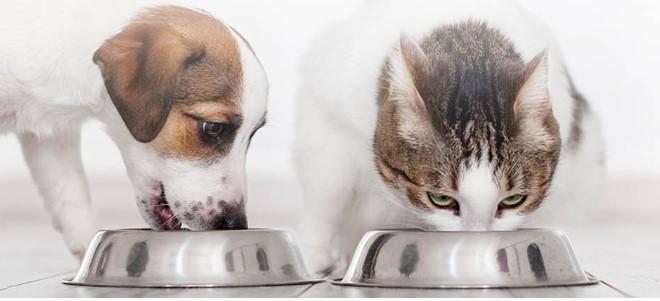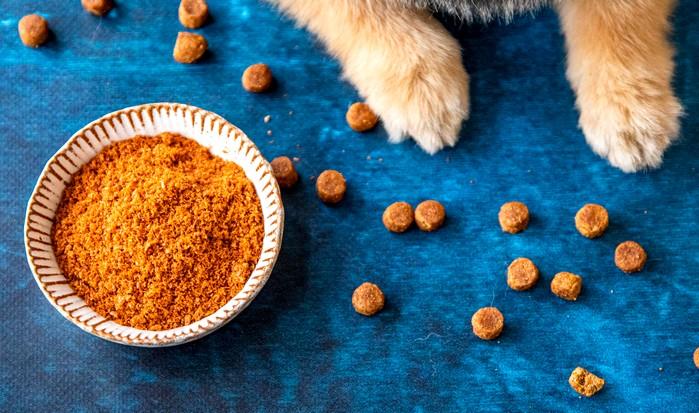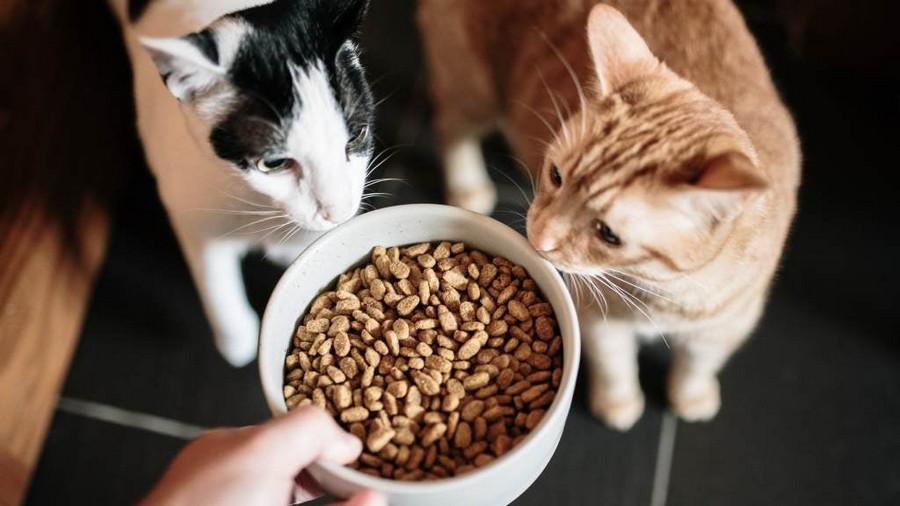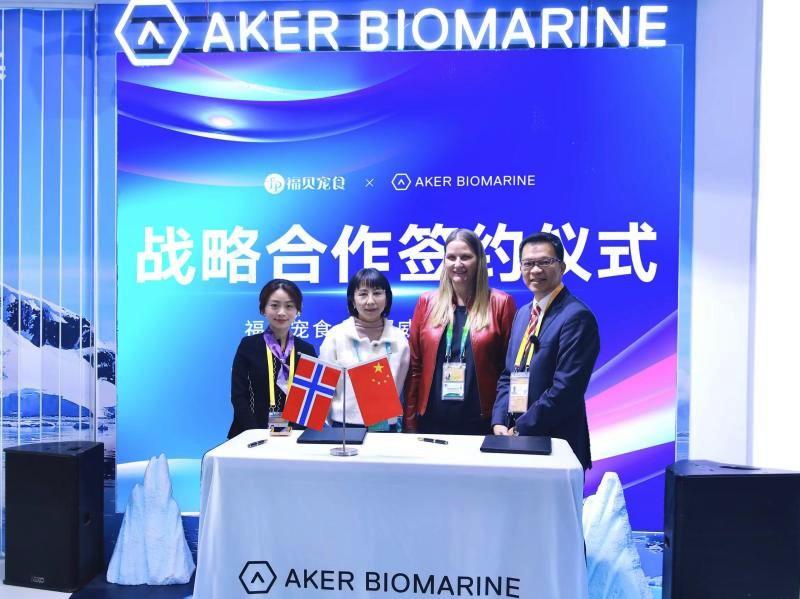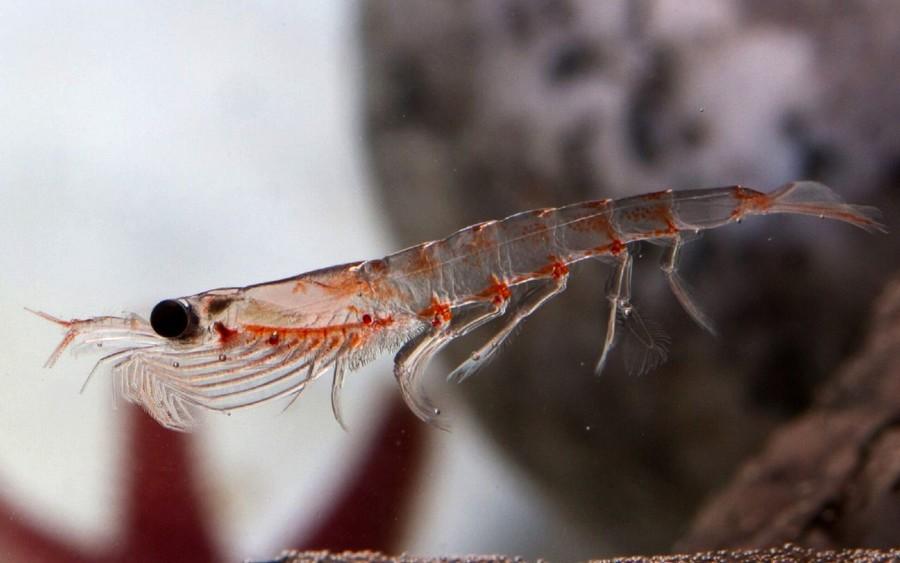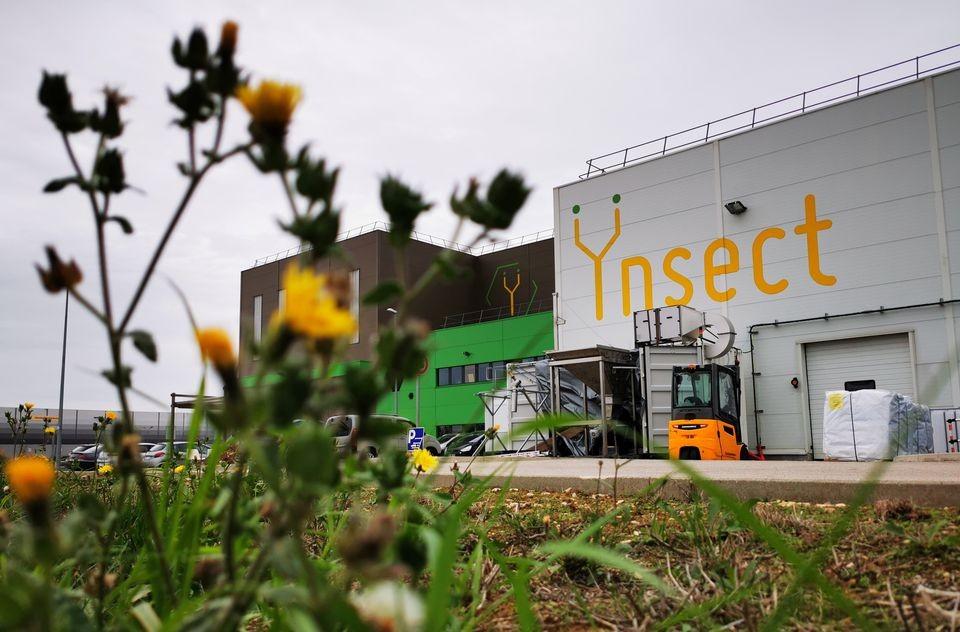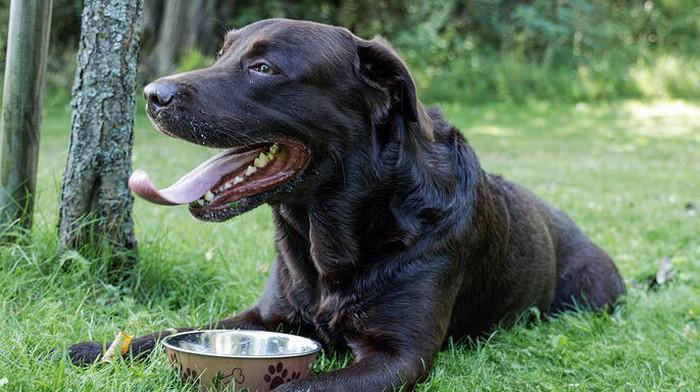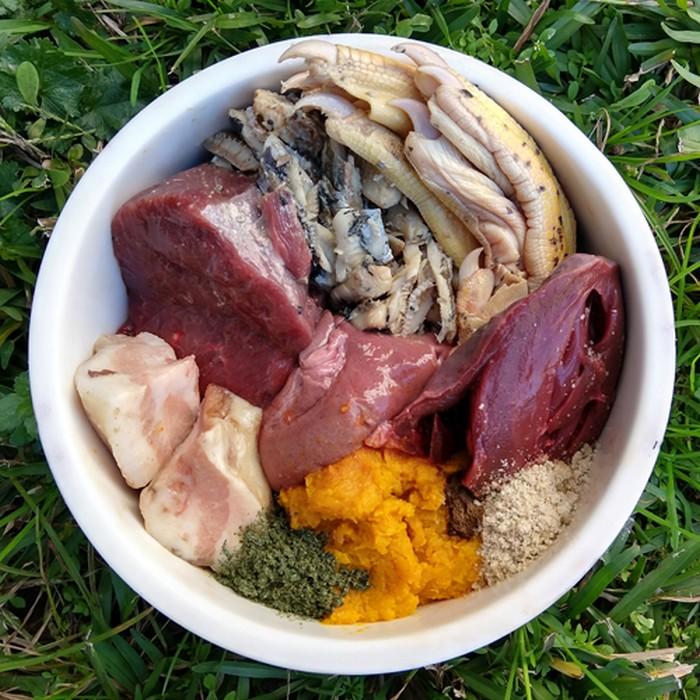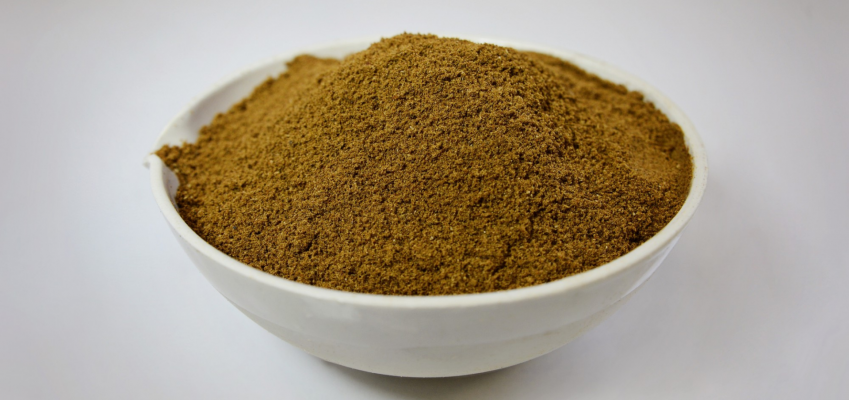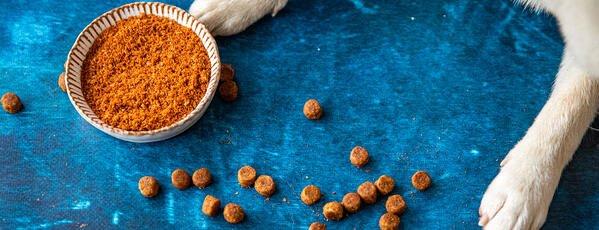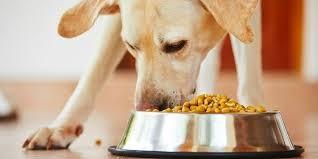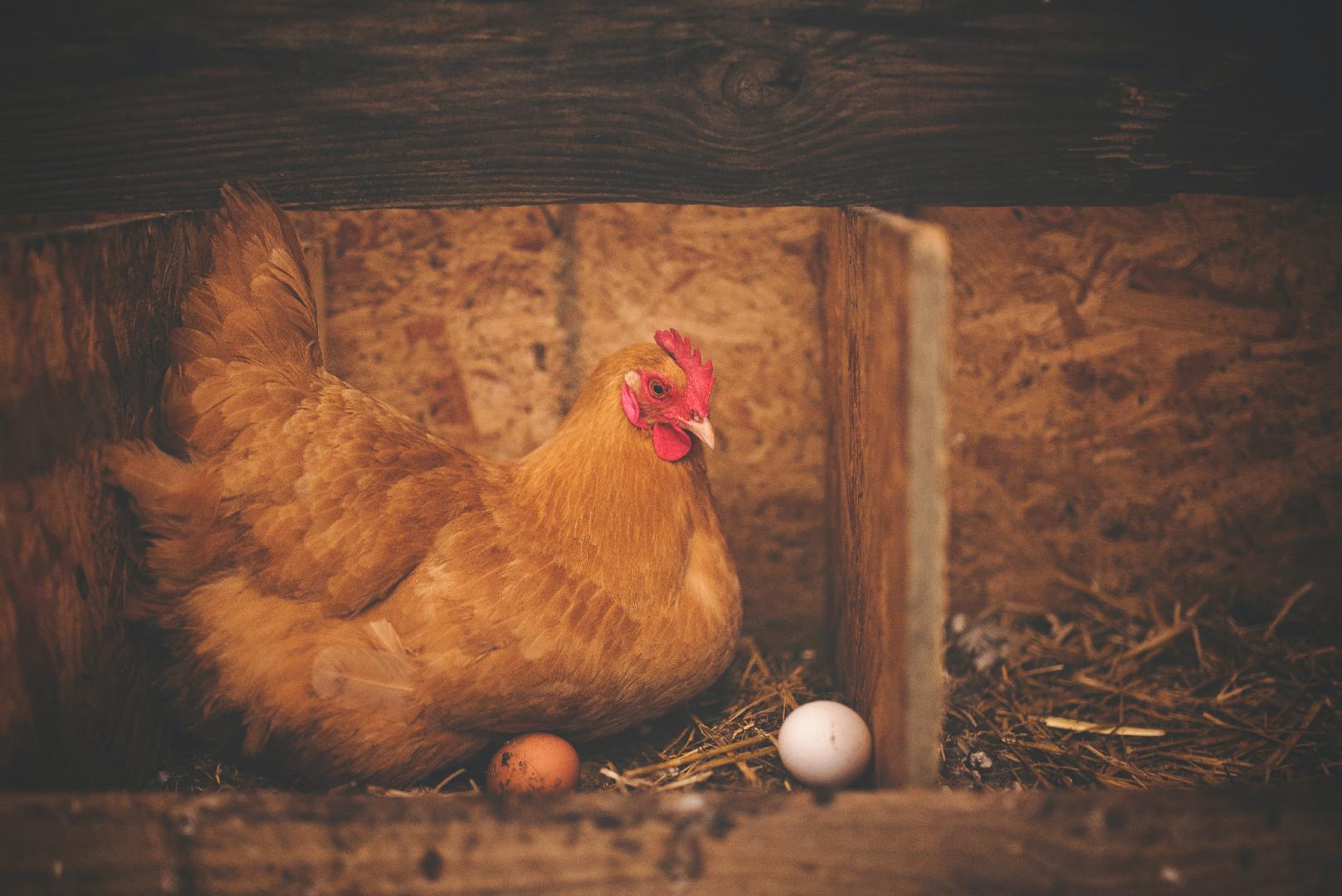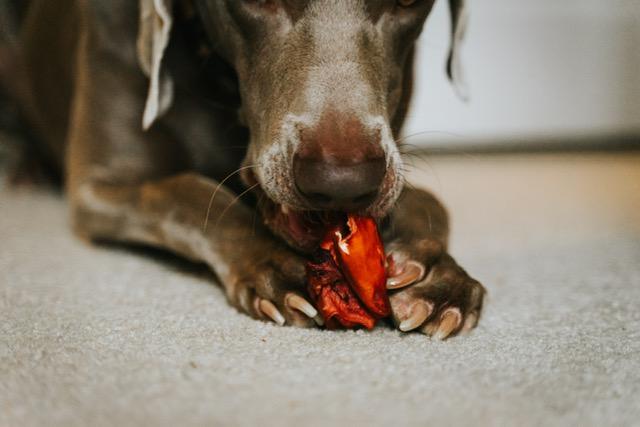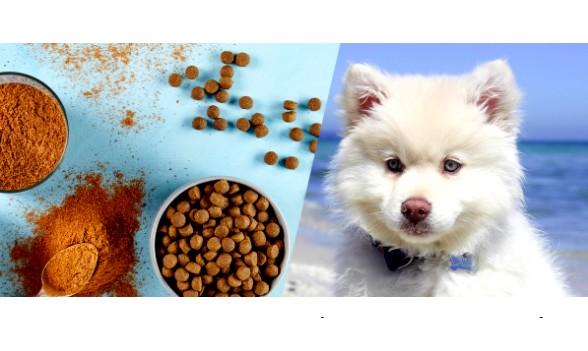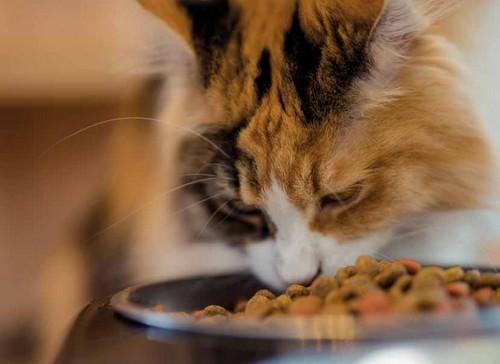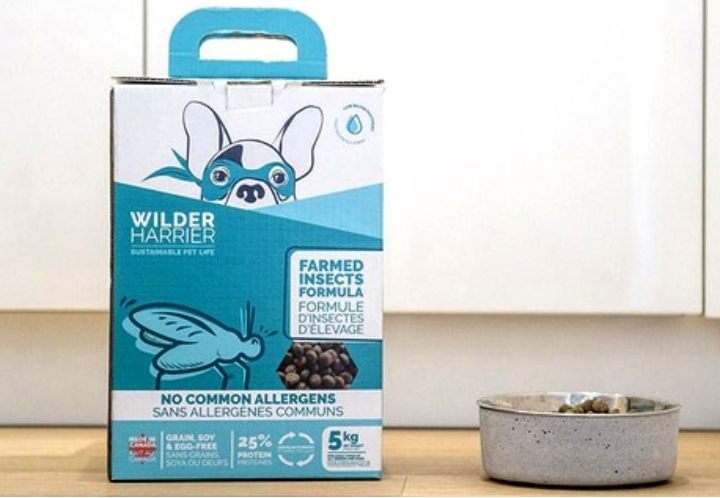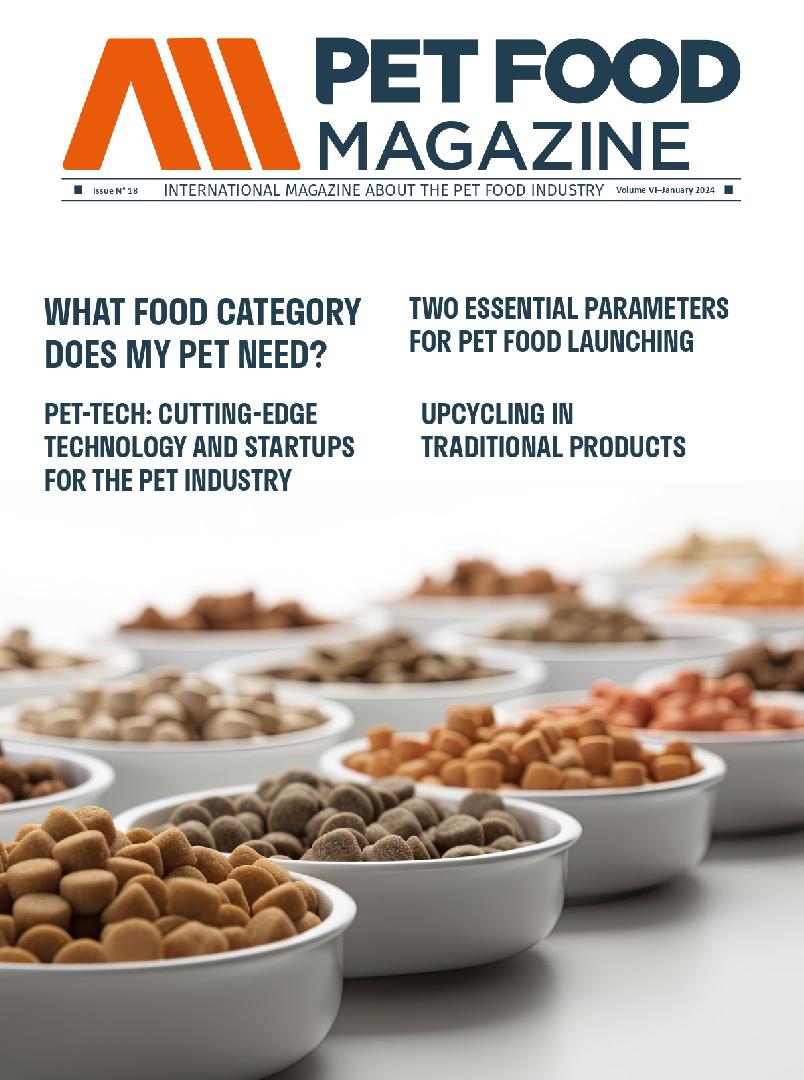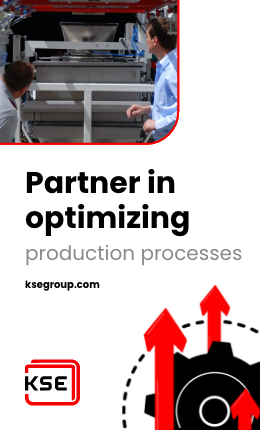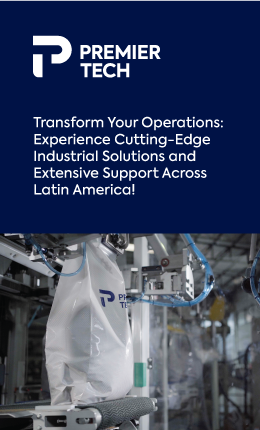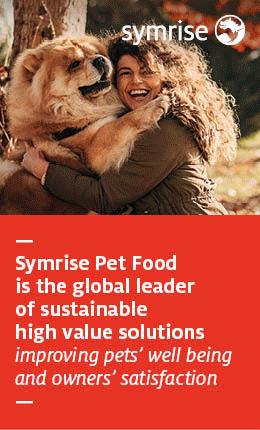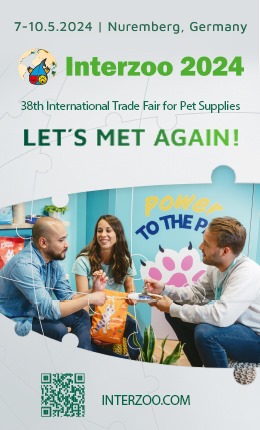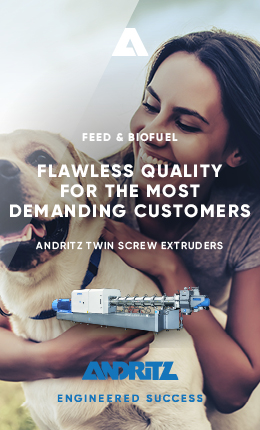
4+ MIN
13/11/2020
Pet Food high in animal protein? Challenges and advantages
The Pet Food Industry market is constantly growing and transforming. Consumers' wishes are becoming more and more specific, and as the demand for vegan pet food expands, so does the demand for food with a high content of meat protein.
In this article we will talk about what are the challenges to produce and manufacture this type of food, as well as the advantages they have for future consumers: pets.
Generally, a pet food is considered to be high in meat or animal protein content when its formula is 30% or more fresh meat.
The expanded trend for consumers to opt for increasingly premium pet foods places the responsibility of manufacturers and veterinary nutritionists to seek continuous improvements in ingredients, nutritional quality, and palatability in order to stay within competitive market and be chosen for the quality of their product, beyond packaging or price.
So much so that some large producers are already testing innovative formulas that arise from looking for:
• Higher quality, incorporating more mechanically boned skeletal muscle and primary organs.
• The development of non-traditional formulas, such as grain-free or with a limited quantity.
• New shapes for dry food, such as a crouton or bone.
• The one that concerns us in this article: an increase in the percentage of fresh meat (frozen, not frozen or dehydrated), of up to 75%.
What is the challenge in the production of pet food high in meat protein?
Logically, and as in any area of life, when innovating, new problems arise to overcome or solve, and the increase in meat content presents a unique challenge from a manufacturing point of view: extrusion.
"High-meat dry food can be produced with a single-screw, mid-cut extruder, as long as the ingredients are used dry." Says Dave Albin of Insta-Pro International.
However, the challenge arises when working with raw and wet ingredients, because according to Dave, "the moisture and fat in raw ingredients from animals reduce friction in the extruder barrel, making it difficult (and almost impossible) to reach the necessary cooking temperature'.
As well as producers seek to innovate in their formulas, manufacturers of the machinery necessary for that production must to accompany and allow the market to update their offer. To increase the meat content in pet food, a twin screw extruder has a processing advantage (over single screw ones) thanks to its better mixing and kneading ability.
The keys to safe innovation and transformation, according to industry experts, include considering: new requirements in formulas, the development of appropriate hardware, effective process control, and concrete and detailed specifications of the final product.
What are the benefits of high animal protein feed, worthy of such changes and innovations in the industry?
Protein is essential for healthy growth; and it is the main source of energy for an animal.
Food high in meat protein is beneficial because:
It refers to the natural diet: a grain-free and protein-based feed is the closest thing for a pet, today, to the style of natural animal feeding: the carnivore. In fact, many veterinary nutritionists say that the ideal is to imitate, as much as possible, how they would feed themselves (as their previous generations did), since their digestive systems have changed very little. According to this line, these professionals maintain that dogs and cats should eat food with 60% meat.
Helps Weight Loss: overweight pets can achieve healthy weight loss through a high protein (and calorie restricted) diet. Also, in addition to promoting the loss of body fat, it helps maintain lean body mass. On the other hand, a food high in meat protein generates a higher caloric expenditure and a greater feeling of fullness and satisfaction. A study published in the Journal of Nutrition certifies that dogs fed by a diet high in protein and low in carbohydrates perceive a greater loss of body fat and a better maintenance of lean body mass.
Supplement their nutritional needs: dogs need 22 amino acids, 12 of which they can produce on their own. There are 10 essential amino acids that it´s necessary to obtain through food, and they are: arginine, histidine, isoleucine, leucine, lysine, methionine, phenylalanine, threonine, tryptophan and valine. All of these are found in the protein of meat.
Helps delay or slow down aging: as pets get older, they need to consume more and more protein to maintain healthy body condition. This will prevent the loss of muscle mass, since they will obtain the adequate amino acids for good maintenance.
Helps puppies: on the one hand, a puppy dog, for example, needs more protein during its first stage of growth and development. Accordingly, the diet of a pregnant dog should be high in protein, as well as rich in nutrients, fat and calories.
Regenerates the muscles of active pets: when an animal exercises or has periods of high activity, its muscles work at a higher speed, that is, they build and break down muscle protein more quickly. The amino acids present in proteins promote muscle growth and recovery; a high protein content provides what is necessary for the reconstruction and replacement of muscle tissues.
As the demand for pet food high in meat protein grows steadily, the industry must work to be prepared for new challenges. As Dave Albin states, "High-meat pet foods and treats will continue to expand into both dry and wet products". Therefore, the best way to continue within the competitive circle of supply and demand is to make the best effort to adapt and provide the final consumer with what they want and need.
Are you already offering a pet food of this style?
By: All Pet Food
















